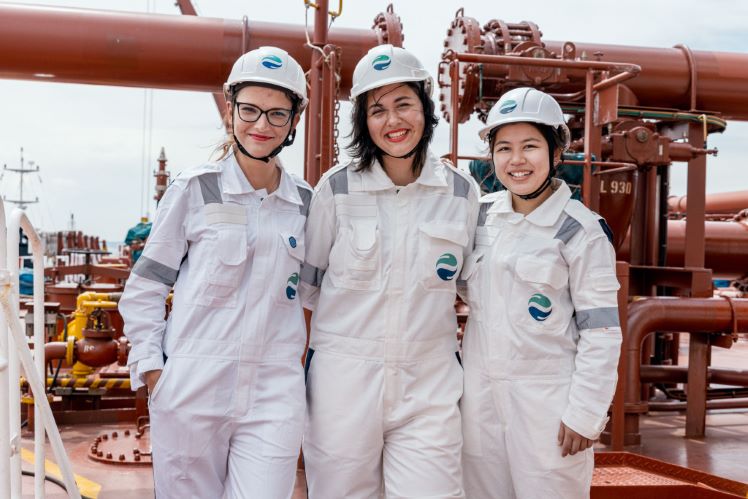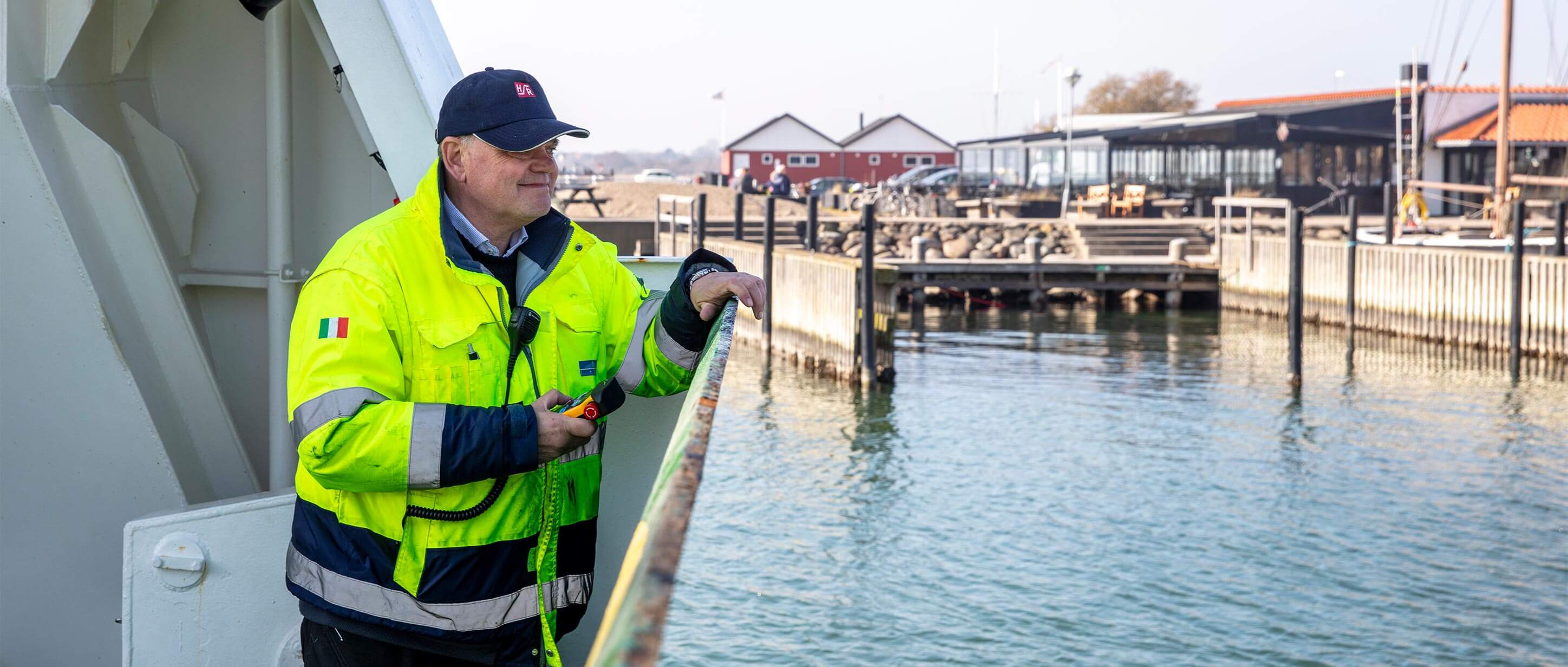Global tanker company Hafnia has four ships in operation with 50 percent female crew and can already see positive effects in relation to the atmosphere on board. The company also works purposefully with inclusion and hopes that future data will show improved security based on the initiatives.
To a large extent, the global shipping industry is currently only recruiting from about half of the talent pool actually present in the market. At least that's the interpretation from Mia Krogslund Jørgensen, Head of People, Culture & Strategy at Hafnia, a global tanker company based in Singapore and Copenhagen.
Indeed, the reality at sea is that the gender balance is uneven, to say the least, and that women are significantly under-represented among seafarers, especially in freight and across the technical positions on ships. And this is a problem for an industry that may face a shortage of labor in the coming years.
But what if the distribution among the 22-24 or so international crew members was more even? What will this mean for the working environment, psychological safety, culture, atmosphere, and physical operation on board?

Hafnia has set out to investigate just this, and the method is in itself quite simple: The shipping company has manned (a word worthy of scrutiny in this context, by the way) four ships with 50 percent female crew and will continuously collect data on how things are handled on board.
»The talk about diversity has been going on for years, and everyone says: We should do this. But where do we start? So, we wanted to make it concrete and limit it to these four ships and then learn along the way, so we can spread it to the rest of the fleet and the industry in general,« Mia Krogslund Jørgensen says.
The idea arose a few years ago from a major discussion about diversity in the industry. In this connection, Hafnia realized that knowledge was scarce concerning how a larger proportion of women on board a ship – all the way from privates and cadets to officers – influences the on-board environment.
»We agreed to just dive into it, and then we measure the challenges and joys we encounter along the way. So, we set about finding people; Cadets, kitchen staff and deck officers are not difficult, but engine crew and privates are another matter,« as Executive Vice President, Technical at Hafnia, Ralph Juhl, explains from the company's Singapore headquarters.
The recruitment was based on a desire to get some valid data on the table and uncover, among other things, how the physical conditions on the ships actually suit women. As an example, Ralph Juhl mentions how hygiene bins are frequently missing on the vessels and the one and only changing room is located inappropriately in relation to control rooms or the like.
A very specific challenge related to the heavy lifting that is a natural part of working on an ocean-going tanker. The initial reaction was to send some men to handle the task, but this was rejected from HQ.
»This is where innovation has to step in. We need to figure out some lifting or rolling arrangements and think our way out of the issue. We can't start scaling up the crew because we have women on board, that’s the wrong way to go,« according to Ralph Juhl, himself a trained navigator having piloted coasters and chemical tankers earlier in his career.
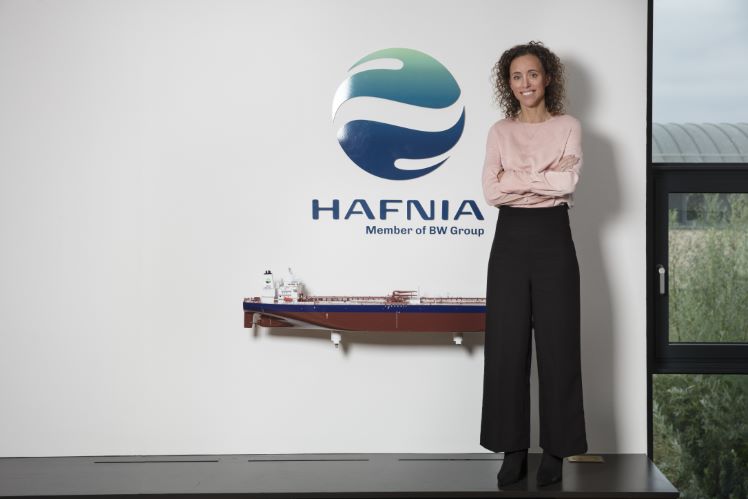
Have already seen positive effects
With larger sets of data yet to come, Hafnia has already noted the first, positive effects of the more equal gender distribution on the four vessels. Like the company's entire fleet of more than 200 ships – over half of which are owned by the company – they sail all over the globe depending on orders coming in.
»People behave better when there are women on board. People dress nicely when they go down to dinner. They talk a little nicer. Cleaning levels rise on board the ships. We see an upgrade of that tough, traditional sailor to a more modern type of employee,« Ralph Juhl says.
When it comes to the ship's interaction with the outside world, there are also changes to be seen, he continues. Authorities around the world are also responding to the increased proportion of women among the crew and adjusting their actions accordingly.
Ralph Juhl points out that Hafnia is not experts in working culture, so the shipping company has teamed up with a group of researchers who will evaluate what kind of culture the company came from and where things are headed.
Going forward, the shipping company will then begin upgrading the ships. Hafnia is thus already in the process of producing a specially designed accommodation in collaboration with OSK Design, which can accommodate more needs than the traditional ones, and which it is hoped to become the industry norm in the long term.
Hafnia also works with the All Aboard Alliance, a unit of the Global Maritime Forum bringing together leaders from across the maritime industry to promote diversity, inclusion, and equity in the sector, both on land and at sea.
»We'd love to share our findings because this is an industry-wide challenge. Everyone needs to be involved in order to bring in more women to alleviate the recruitment challenges we are facing,« Ralph Juhl says.
Believe in better safety
Ships with 50 percent female crews are a permanent fixture in Hafnia's fleet and the (so far) four vessels that are on the seas with this particular gender distribution on board are thus not to be considered a limited experiment, Ralph Juhl states..
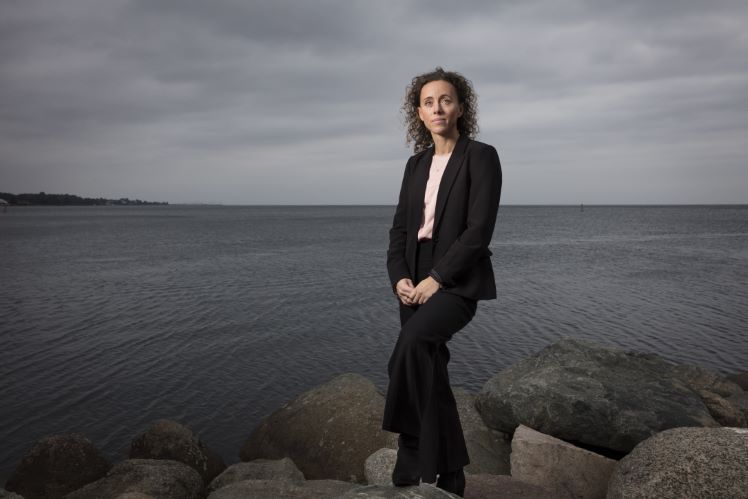
On the contrary, the shipping company has already received many approaches from other female seafarers and the market in general interested in the initiative and with a desire to be involved or have more information. Therefore, it is also something that Hafnia sees as the future of shipping.
»We need to extract loads of knowledge from these ships, but at the same time we also decline a lot of inquiries from different entities wishing to perform on-board observations. We’re dealing with people at work, and we do not compromise on safety or our customers' demands for experience,« he says.
Going forward, Hafnia will also keep an eye on how events unfold when, for example, female members of the top 4 on a ship have to act in high pressure situations, for example when asked about bribes in West Africa or in connection with meetings at terminals in countries where female managers are not common sight.
»It's quite easy – also for people like me with 40 years of shipping experience – to assume that it would be better from a safety point of view to have more men on board, but I think we'll actually find that there are a lot of positive safety aspects to having more women on ships,« Ralph Juhl says.
Being acute aware of the generalization, he upholds that women are often more systematic and thorough, and skilled at administrative processes such as safety management systems. To this end, he expects improvements in the safety arena as the proportion of women on ships increases, subject to the fact that it can be difficult to predict external factors such as pirate attacks and the like.
»We can observe on these four ships that there is a great atmosphere on board – not saying that it is bad on our other ships, because that’s not the case. But the safety aspects are what we need to measure at this point in time,« Ralph Juhl says.
These kind of exercises takes a long time, Mia Krogslund Jørgensen emphasizes, referring to the fact that the statistics on accidents, customer requirements and so on – so far at least – are completely in line with the rest of the fleet.
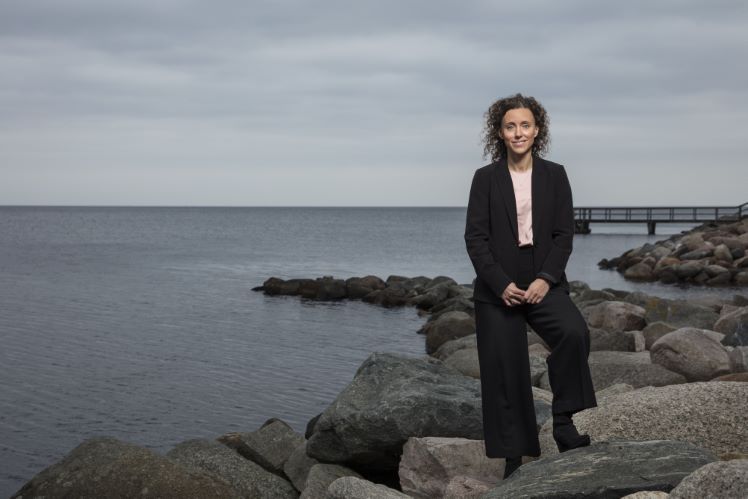
New digital rules perhaps needed
In connection with the recruitment of new, young seafarers (regardless of gender), Hafnia is currently considering the expectations young people have of being able to connect to social media and families back home.
Because even though technology makes it possible, it may not always be just advantageous to involve a sailor in family matters back home, as Ralph Juhl points out.
»People can be dragged into the wife's or husband's everyday problems at home, leading to stress at sea. Because he or she can't do anything about it, and then it can become a strain that takes some focus away from their work,« he says.
»Are we going to teach couples how to sail long distance?« he asks rhetorically, shrugging. Without an answer at hand, he points out that the industry should probably think about a set of ground rules in the area.
